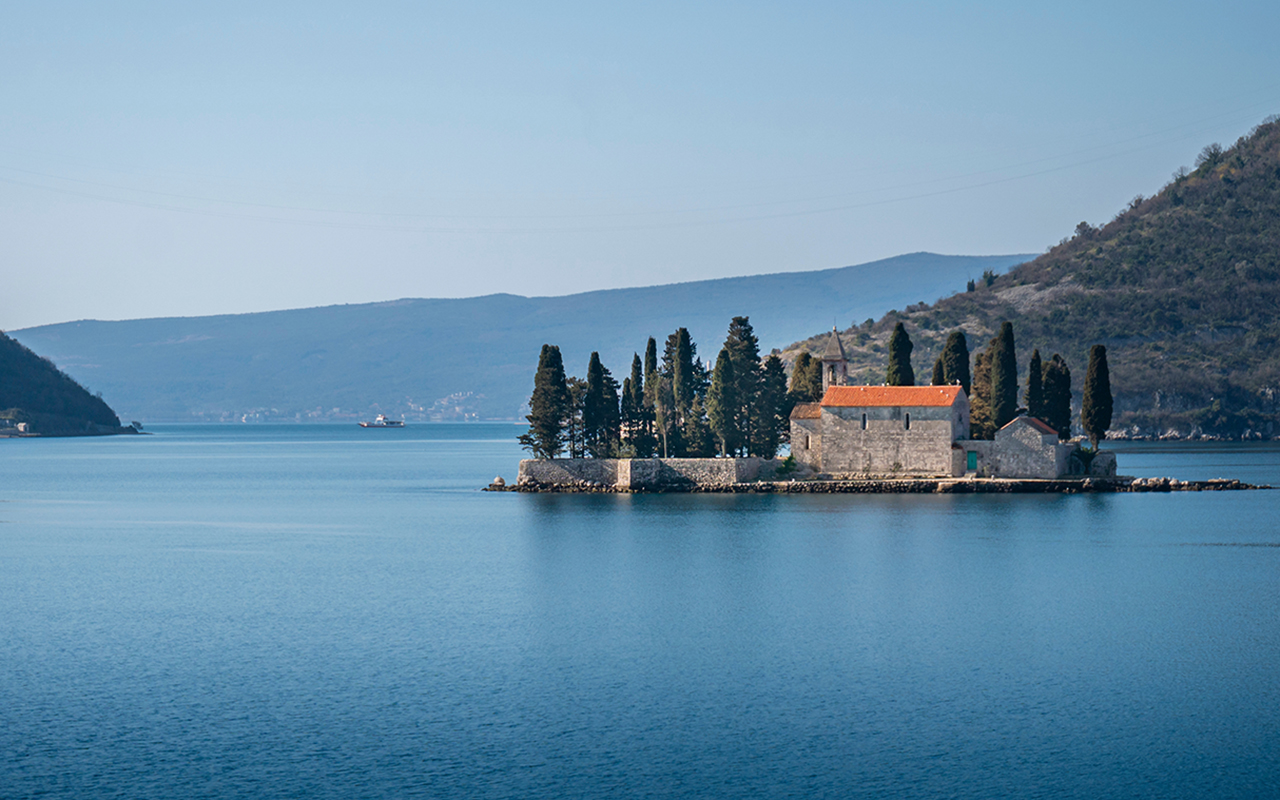
Would you cross a desert, climb a cliff, or trek through ice to find a monastery? Some people do.
Monasteries built for solitude and survival are hidden in the world’s most extreme locations. These are places where monks have lived undisturbed for centuries—where no roads lead, no tourists gather, and silence is the only prayer. These 30 remote monasteries weren’t built for easy visits. But if you dare to find them, they just might change the way you see the world.
1. Bobbio Abbey (Abbazia di San Colombano), Italy
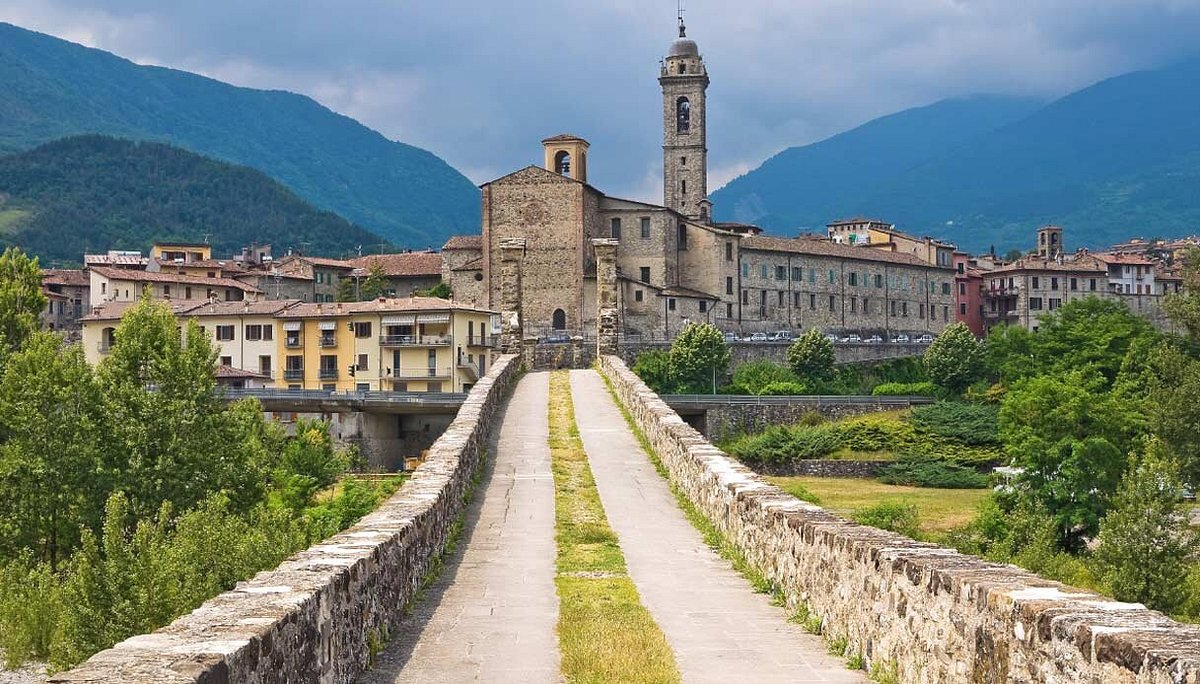
Bobbio Abbey is a historic monastery founded in 614, known for its medieval manuscripts and stunning architecture.
Nestled in the Emilia-Romagna region, Bobbio Abbey was founded by St. Columbanus, an Irish missionary, in 614 AD. The abbey quickly became a renowned center for learning and monasticism, housing one of medieval Europe’s most significant libraries. The Romanesque-style church and cloisters reflect its rich history.
2. Meteora Monasteries, Greece
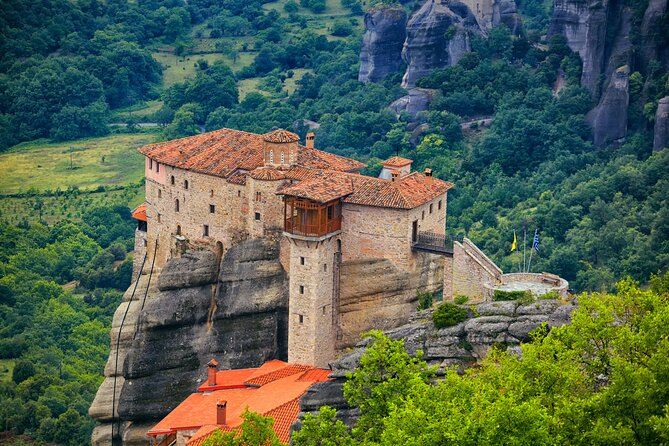
The Meteora Monasteries are Gravity-defying structures perched atop rock pillars, offering breathtaking views and spiritual serenity.
Rising dramatically from the Thessalian Plain, the Meteora Monasteries seem suspended between heaven and earth. Dating back to the 14th century, they were built to offer monks refuge from Ottoman invasions. Originally accessible only by rope ladders and pulleys, these monasteries remain an incredible feat of engineering and faith.
3. Paro Taktsang (Tiger’s Nest Monastery), Bhutan
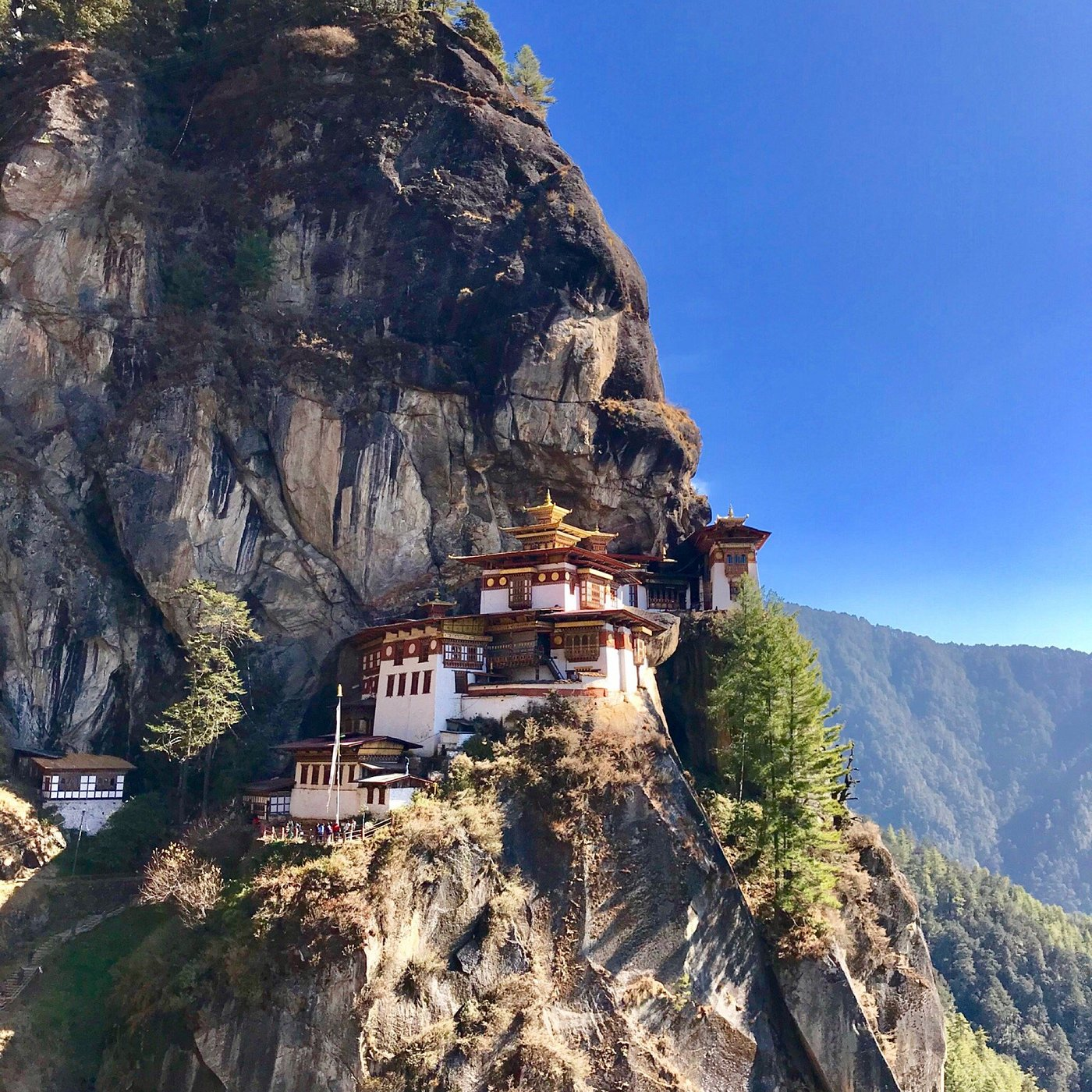
An iconic cliffside monastery steeped in legend and Buddhist tradition, Tiger’s Nest Monastery, Bhutan’s most famous religious site, clings to a sheer cliff 3,000 feet above the Paro Valley. Legend says Guru Rinpoche flew here on the back of a tigress to meditate in the 8th century. The monastery complex, built in 1692, features striking golden roofs, sacred caves, and prayer halls filled with Buddhist relics.
4. Sumela Monastery, Turkey
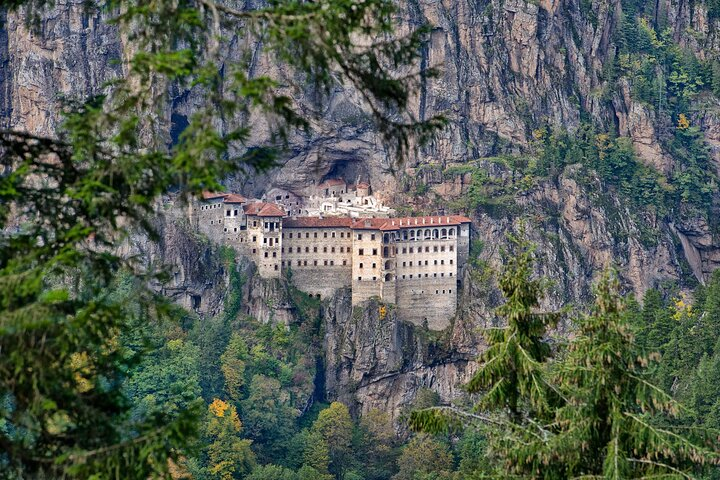
A breathtaking Greek Orthodox monastery carved into a mountainside in Turkey’s Black Sea region and founded in the 4th century, this Greek Orthodox monastery was dedicated to the Virgin Mary and is famous for its well-preserved frescoes depicting biblical scenes. Overlooking lush forests and waterfalls, its remote location offers both solitude and stunning natural beauty.
5. Hanging Monastery (Xuankong Temple), China
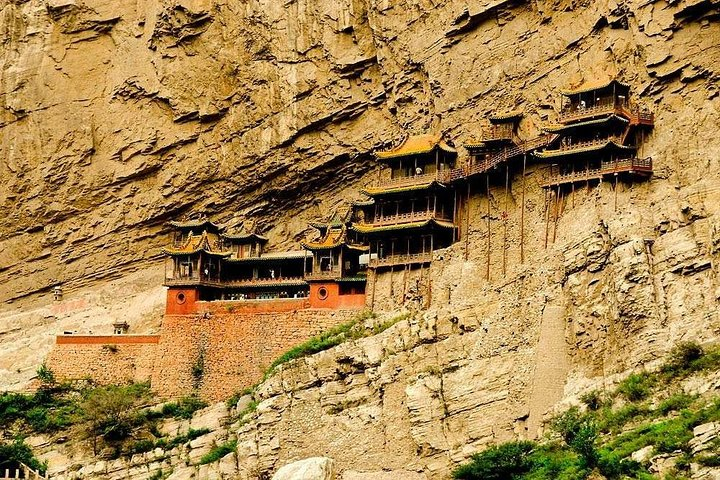
An architectural wonder suspended on a cliffside, blending three major religions and defying gravity, the Hanging Monastery in Shanxi Province clings to the side of Mount Heng, seemingly floating above the ground. Built over 1,500 years ago, this wooden marvel is supported by hidden beams anchored into the rock face. Uniquely, it incorporates elements of Buddhism, Taoism, and Confucianism, with statues and altars dedicated to each.
6. St. Catherine’s Monastery, Egypt
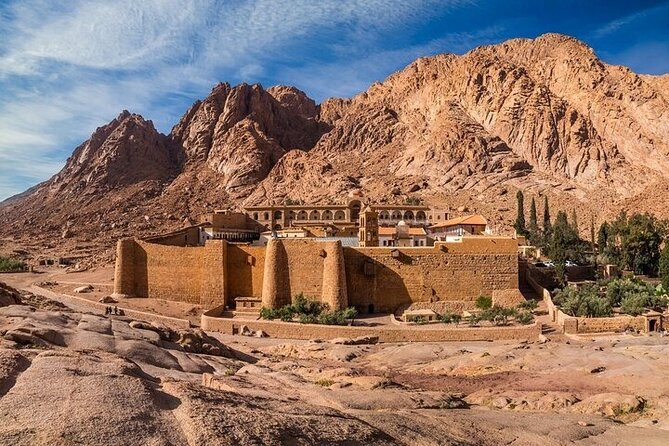
St. Catherine’s Monastery is the world’s oldest Christian monastery, home to ancient manuscripts and the Burning Bush. Nestled at the foot of Mount Sinai, where Moses is said to have received the Ten Commandments, St. Catherine’s Monastery is one of Christianity’s most sacred sites. Founded in the 6th century by Emperor Justinian, it has operated continuously for over 1,400 years.
7. Rila Monastery, Bulgaria
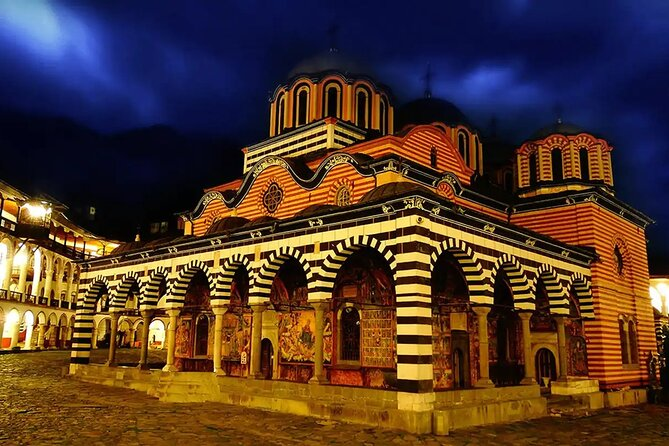
Bulgaria’s spiritual heart is set against the breathtaking backdrop of the Rila Mountains. Founded in the 10th century by St. Ivan of Rila, this UNESCO-listed monastery remains Bulgaria’s most significant religious and cultural landmark. With its distinctive black-and-white striped façade, golden domes, and intricate frescoes, the monastery is a masterpiece of Bulgarian Renaissance architecture. Surrounded by alpine forests, it offers an oasis of peace for pilgrims and visitors alike.
8. Sevanavank Monastery, Armenia
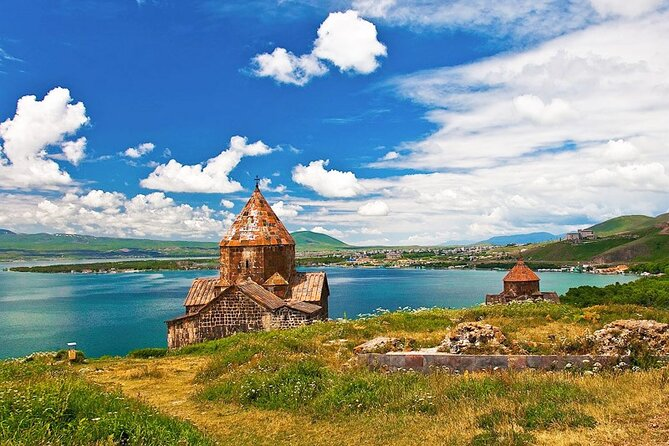
A scenic hilltop monastery overlooking the serene waters of Lake Sevan and perched on a peninsula, Sevanavank Monastery is one of Armenia’s most picturesque monastic complexes. Founded in the 9th century, it originally served as a refuge for monks seeking isolation. Today, it is known for its ancient khachkars (stone crosses) and stunning views of the azure lake.
9. Tawang Monastery, India
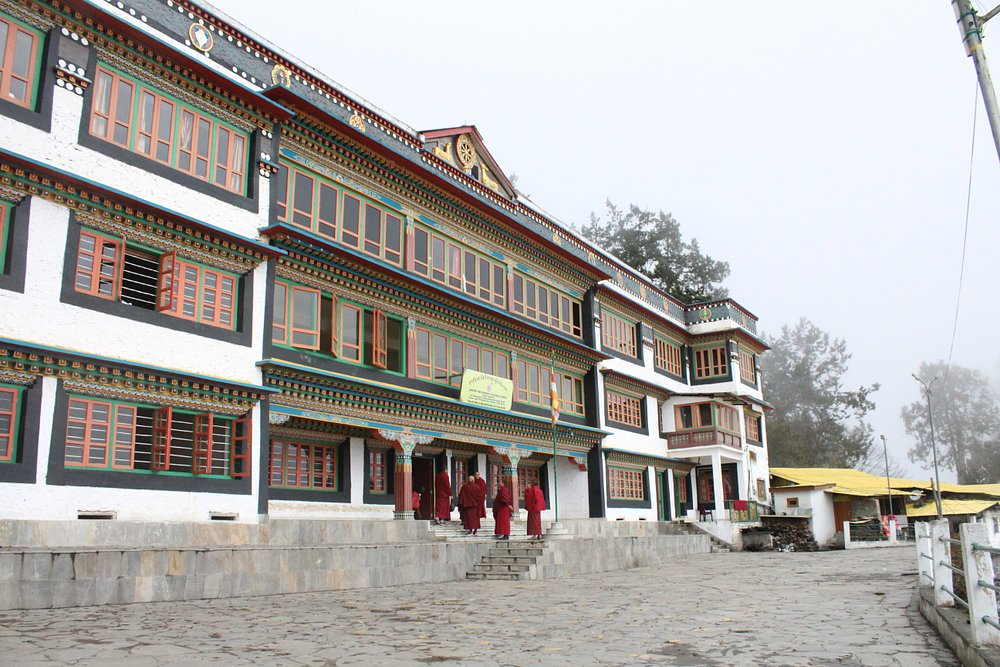
Tawang Monastery is the largest Buddhist monastery in India, set in the stunning landscapes of Arunachal Pradesh. Standing at an altitude of 10,000 feet in the Eastern Himalayas, Tawang Monastery is an important center of Tibetan Buddhism. Founded in the 17th century, it houses around 450 monks and an extensive library of ancient scriptures, including handwritten Tibetan texts.
10. Kykkos Monastery, Cyprus
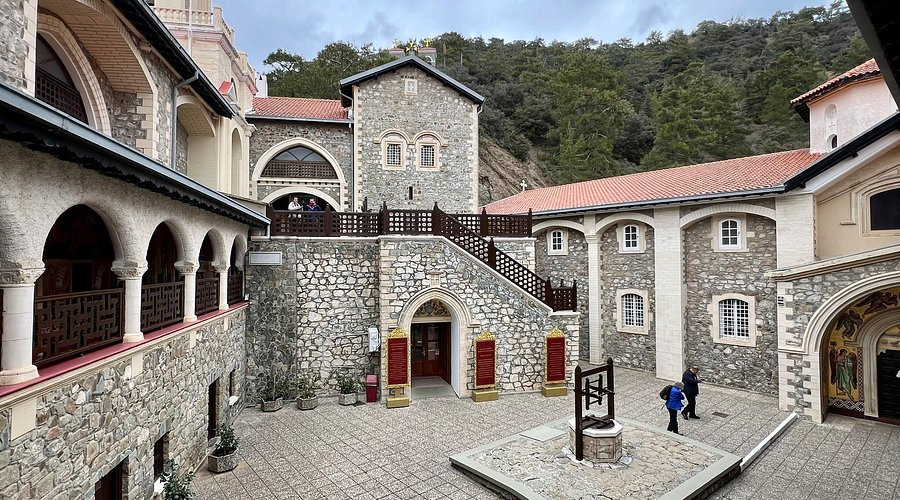
Kykkos Monastery is a lavish Orthodox monastery known for its golden icons and scenic Troodos Mountains setting. One of Cyprus’s wealthiest and most significant monasteries, Kykkos Monastery was established in the 11th century. Dedicated to the Virgin Mary, it houses a famous icon believed to be painted by St. Luke. The monastery is adorned with gold-plated decorations, intricate mosaics, and frescoes that reflect Cyprus’s deep Orthodox traditions.
11. St. George’s Monastery, Israel
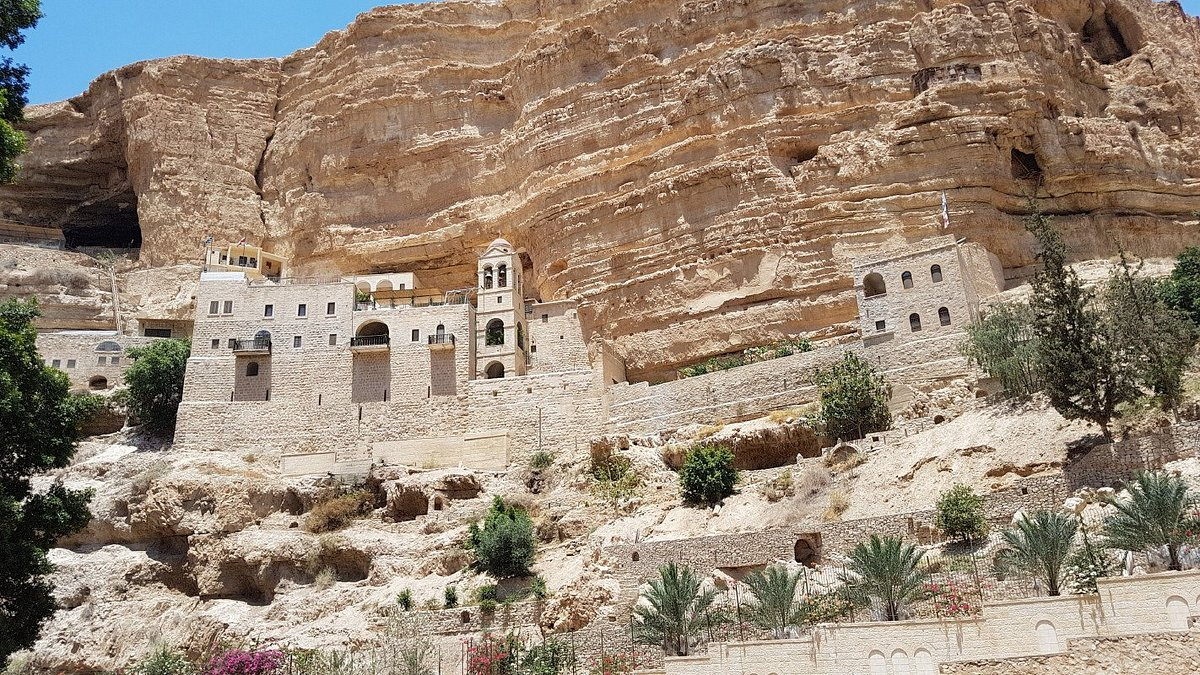
St. George’s Monastery is a breathtaking 6th-century monastery carved into the cliffs of the Judean Desert. St. George’s Monastery clings dramatically to a rocky cliffside in the Wadi Qelt valley, appearing like a vision from another era. Built in the 6th century, this Greek Orthodox monastery has served as a place of solitude for ascetic monks for centuries.
12. Monastery of Ostrog, Montenegro
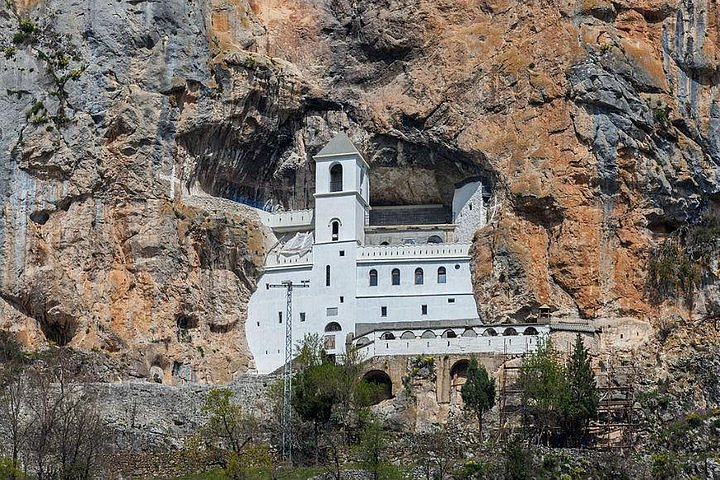
The Monastery of Ostrog is a dazzling white monastery embedded into a vertical mountain cliff, and it serves as a national pilgrimage site. One of the most striking spiritual sites in the Balkans, the Monastery of Ostrog seems almost miraculously fused with the sheer rock face of Mount Ostrog. Founded in the 17th century by St. Basil of Ostrog, it has become a major pilgrimage destination, attracting visitors of all faiths.
13. Gelati Monastery, Georgia
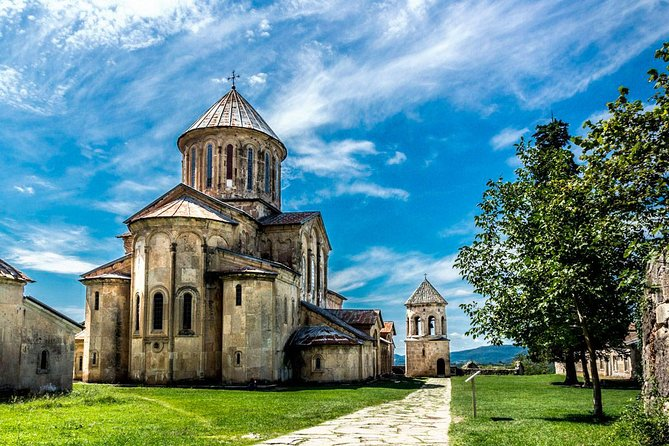
Gelati Monastery is a UNESCO-listed medieval monastery, once a thriving center of knowledge and art. Founded by King David IV in the 12th century, Gelati Monastery stands as one of Georgia’s most treasured religious and cultural landmarks. This medieval masterpiece, featuring golden-hued stone walls, intricate frescoes, and domed chapels, was once a hub of theological and scientific learning. The monastery’s main church is adorned with magnificent murals depicting biblical stories.
14. Debre Damo Monastery, Ethiopia
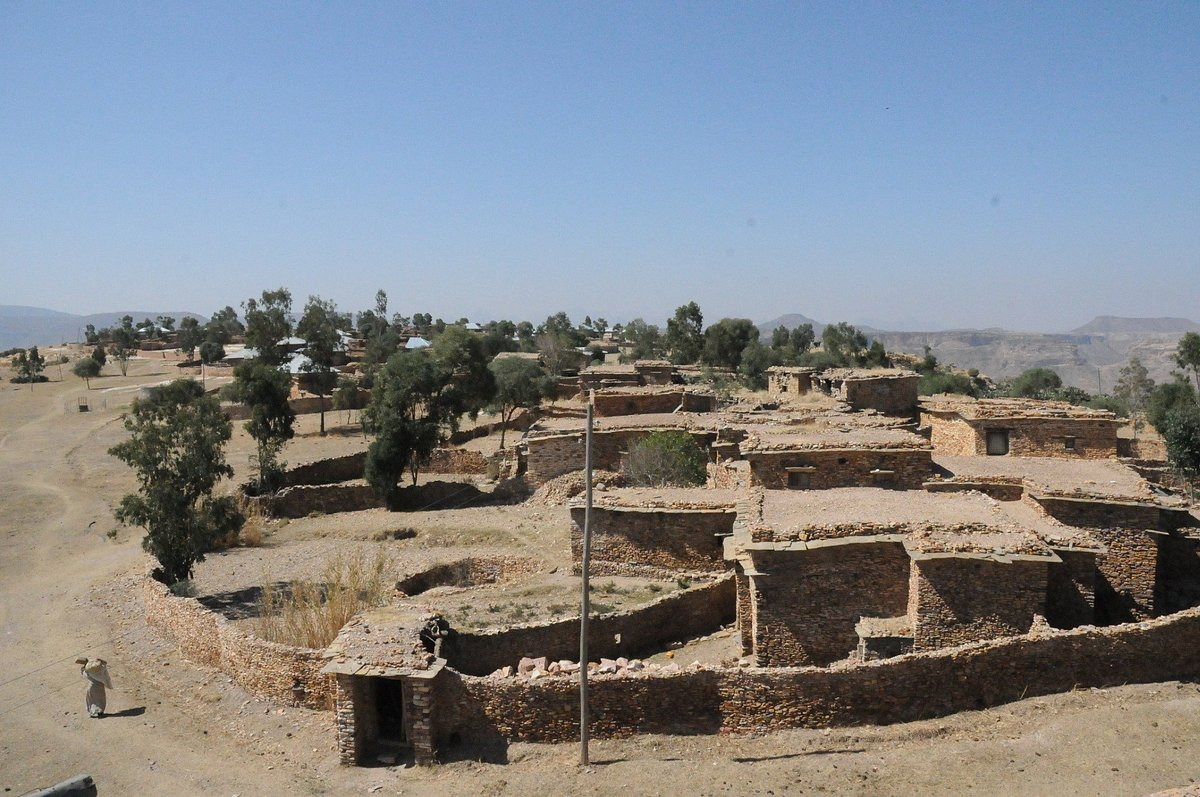
Debre Damo Monastery is an ancient monastery perched on a remote plateau, accessible only by rope. Located atop a sheer cliff in Ethiopia’s Tigray region, Debre Damo Monastery is one of the country’s most secluded and historically significant monastic sites. Dating back to the 6th century, it is believed to have been founded by Saint Abuna Aregawi.
15. Key Monastery, India
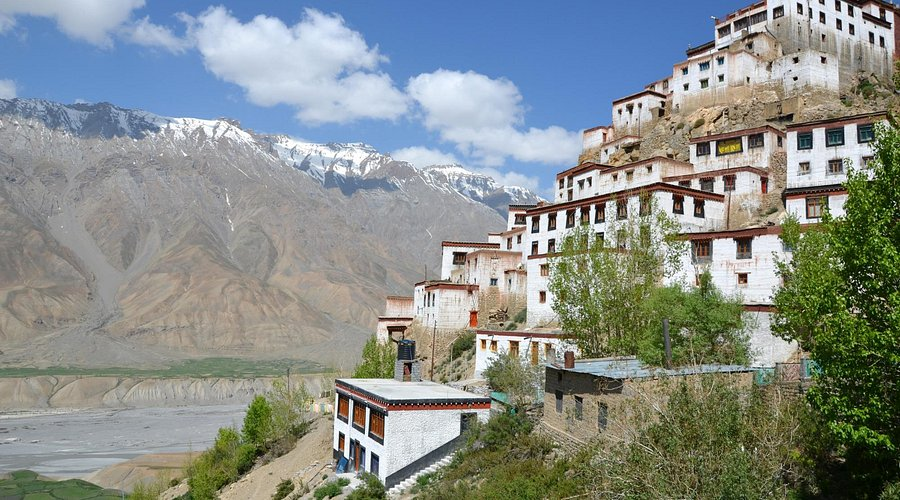
Key Monastery is a Tibetan Buddhist monastery in the remote Spiti Valley. Perched at 13,668 feet in Spiti Valley, it resembles a medieval fortress. Founded in the 11th century, it is the region’s largest monastery, home to 250 monks. Its narrow corridors, prayer rooms, and ancient murals reveal monastic life in one of the world’s harshest landscapes, preserving centuries-old Tibetan Buddhist traditions.
16. Popa Taung Kalat, Myanmar
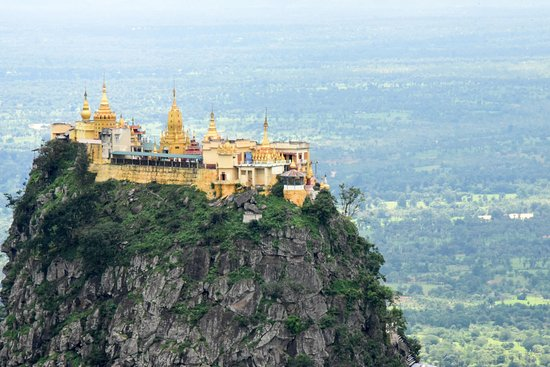
Popa Taung Kalat is a mystical Buddhist monastery perched on a volcanic plug that is home to mischievous monkeys.
Popa Taung Kalat is one of Myanmar’s most visually stunning monasteries, dramatically perched atop an extinct volcano. A sacred site dedicated to the country’s 37 Nat spirits, the monastery is reached by climbing 777 steps. Along the way, mischievous macaques keep travelers entertained (or on guard).
17. Ganden Monastery, Tibet
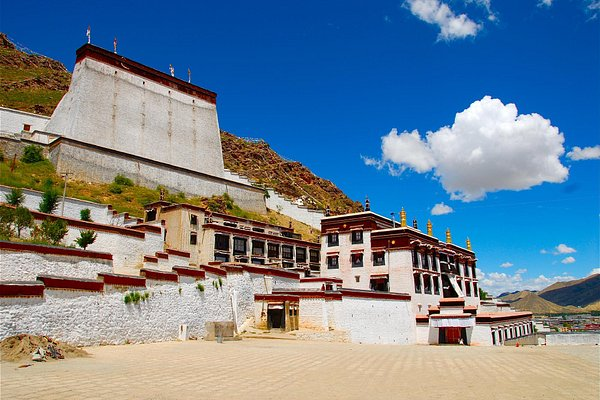
One of Tibet’s “great three” Gelugpa monasteries, Ganden Monastery is set against stunning Himalayan landscapes.
Founded in 1409 by Je Tsongkhapa, the Ganden Monastery is one of the most significant religious institutions in Tibetan Buddhism. Nestled high in the mountains at 14,000 feet, it offers sweeping views of the Kyi Chu Valley. The monastery is renowned for its rich collection of Buddhist scriptures, intricate murals, and sacred relics.
18. St. Naum Monastery, North Macedonia
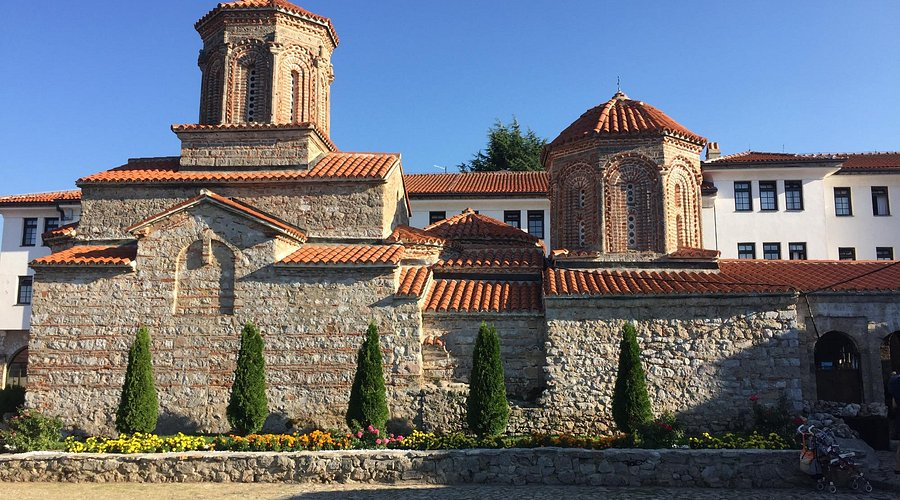
St. Naum Monastery is a lakeside monastery known for its peacocks, Byzantine frescoes, and serene atmosphere.
Overlooking the crystal-clear waters of Lake Ohrid, St. Naum Monastery is one of North Macedonia’s most picturesque religious sites. Founded in the 10th century by Saint Naum of Ohrid, the monastery is famous for its frescoes and tranquil gardens. Legend has it that visitors can still hear the saint’s heartbeat by pressing their ear to his tomb.
19. Westminster Abbey, United Kingdom
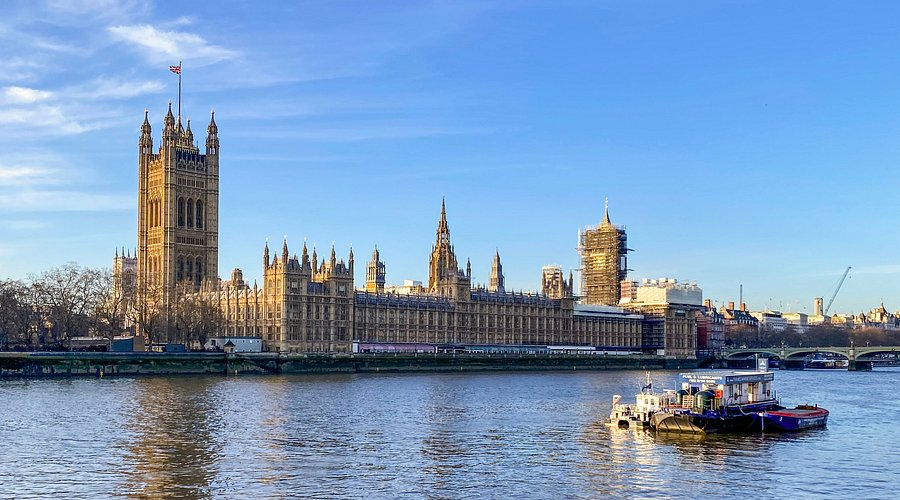
Westminster Abbey is a historic Gothic abbey, the site of royal coronations and resting place of British icons.
Westminster Abbey has been at the heart of British history for over a thousand years. Established in 960 AD and rebuilt in the 13th century, its towering Gothic architecture and intricate stained-glass windows make it one of the most remarkable religious sites in the world.
20. Mont Saint-Michel, France
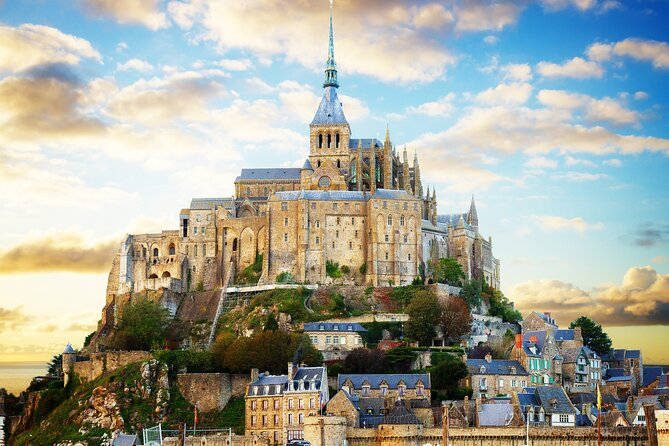
Mont Saint-Michel is a fairy-tale island monastery rising from the tides, steeped in history and legend.
Mont Saint-Michel is one of France’s most iconic landmarks, a stunning medieval abbey rising from a rocky island off the coast of Normandy. Built in the 8th century, it became an important pilgrimage site due to its supposed divine protection. The abbey’s Romanesque and Gothic spires tower over narrow, winding streets lined with historic buildings.
21. Abbey of Our Lady of Gethsemani, USA
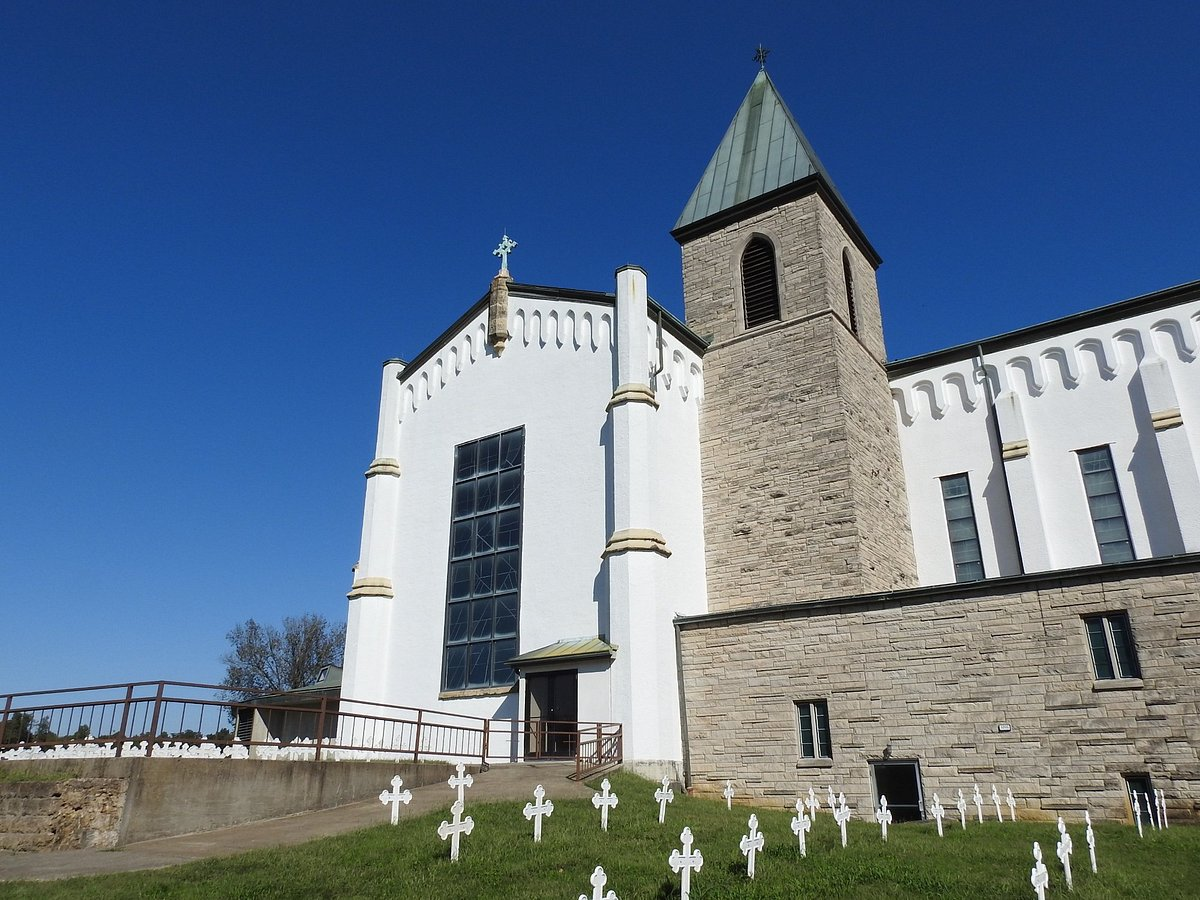
Abbey of Our Lady of Gethsemani is a secluded Trappist monastery known for silence, solitude, and spiritual retreats.
Located in the rolling hills of Kentucky, the Abbey of Our Lady of Gethsemani is a Trappist monastery founded in 1848. Famous for its strict practice of silence, it was home to the renowned monk and writer Thomas Merton. The abbey offers spiritual retreats where visitors can experience monastic life through prayer, meditation, and solitude.
22. St. Gall Abbey, Switzerland
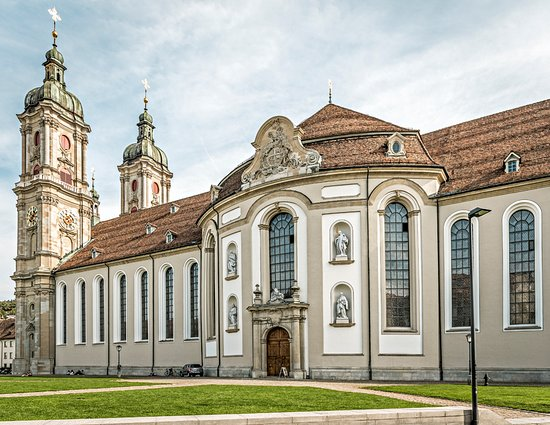
St. Gall Abbey is a UNESCO-listed abbey famous for its breathtaking library and Baroque architecture.
One of Switzerland’s most historically significant religious sites, St. Gall Abbey dates back to the 8th century. This Benedictine monastery played a crucial role in preserving medieval knowledge, with its stunning Rococo-style library housing thousands of rare manuscripts. The abbey’s intricate Baroque architecture, towering spires, and ornate frescoes make it a masterpiece of European heritage.
23. Abbey of Monte Cassino, Italy
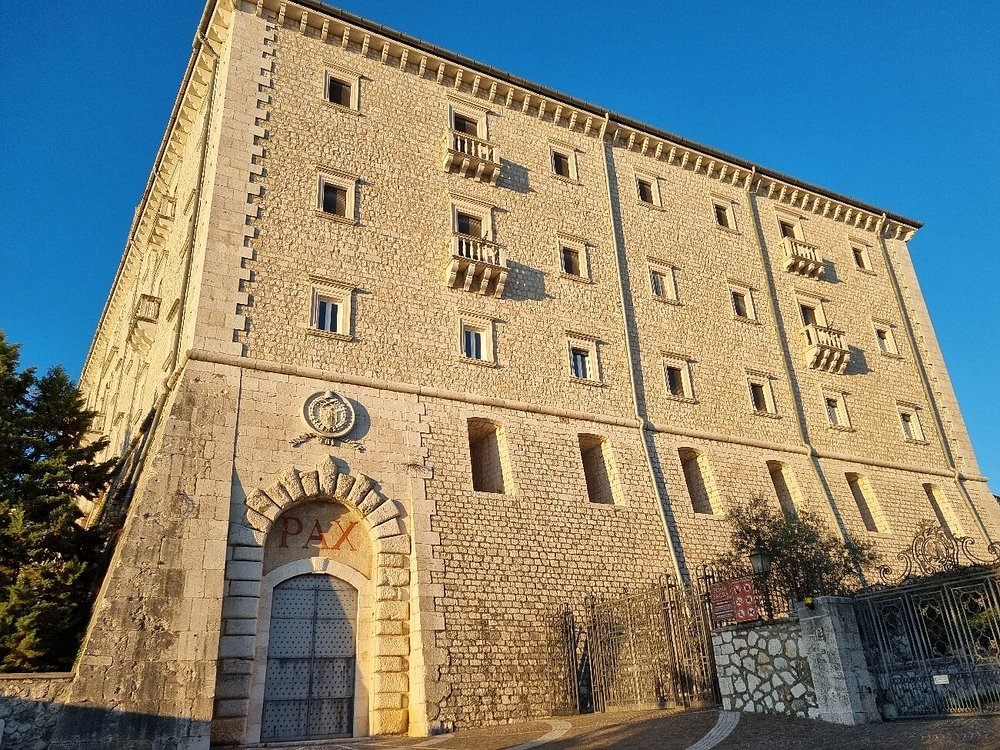
Abbey of Monte Cassino is one of Europe’s oldest monasteries, famed for its resilience and historical significance.
Perched atop a hill south of Rome, Monte Cassino Abbey was founded by St. Benedict in 529 AD, making it one of the most influential monastic sites in history. The abbey was destroyed and rebuilt multiple times, most notably during World War II.
24. Montserrat Monastery, Spain
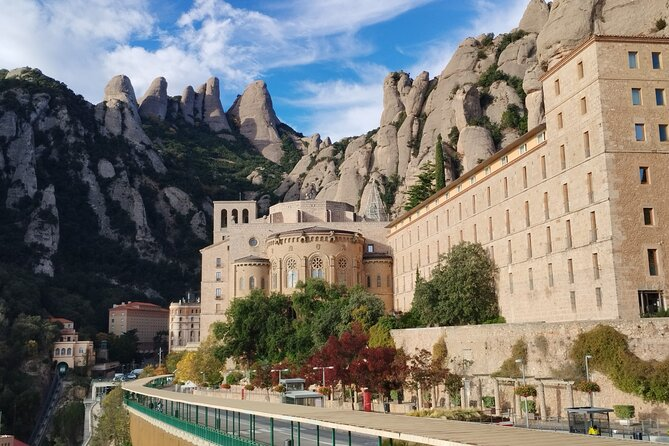
Montserrat Monastery is a dramatic mountaintop monastery home to the revered Black Madonna statue.
Tucked within the jagged peaks of Catalonia’s Montserrat Mountain, this Benedictine monastery dates back to the 11th century. Pilgrims flock here to see the Black Madonna, a sacred wooden statue believed to have miraculous powers. The monastery’s basilica, with its golden altarpiece and celestial choir performances, creates an ethereal atmosphere.
25. Sumela Monastery, Turkey
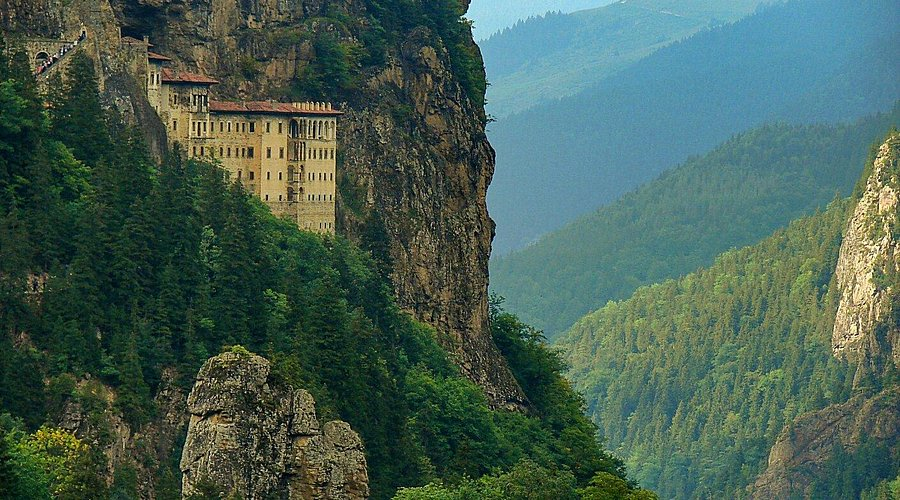
Sumela Monastery is a spectacular cliffside monastery hidden deep in Turkey’s Black Sea mountains.
Sumela Monastery, a Greek Orthodox marvel, is carved into the steep cliffs of Turkey’s Pontic Mountains. Built in the 4th century, it has served as a center of worship, pilgrimage, and scholarship for centuries. The monastery’s frescoed interiors depict biblical scenes, offering a glimpse into the site’s rich spiritual history.
26. St. Martin’s Monastery, Spain
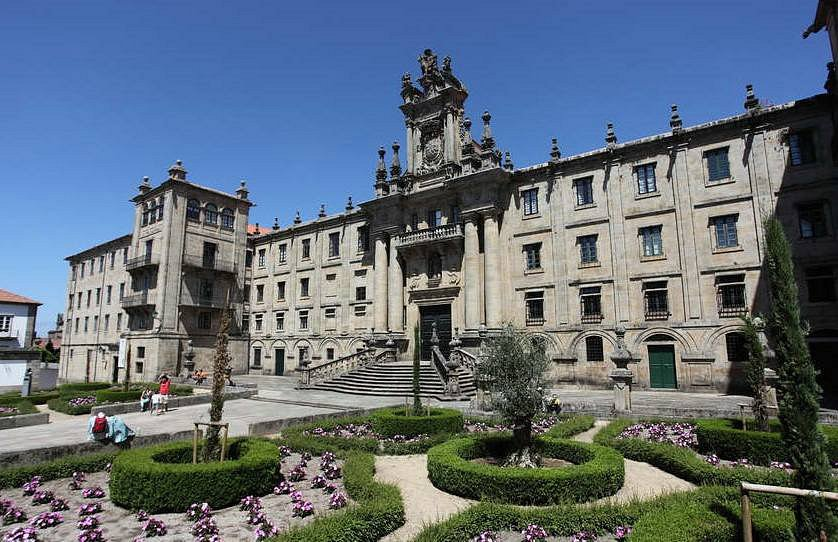
St. Martin’s Monastery is a historic Benedictine monastery known for its Romanesque charm and serene landscapes. Located in Galicia, St. Martin’s Monastery (San Martín Pinario) is one of Spain’s largest monastic complexes. Initially built in the 10th century, it later expanded, showcasing Baroque, Renaissance, and Romanesque architectural influences. The monastery once played a crucial role in monastic life along the Camino de Santiago pilgrimage route.
27. St. Anthony’s Monastery, Egypt
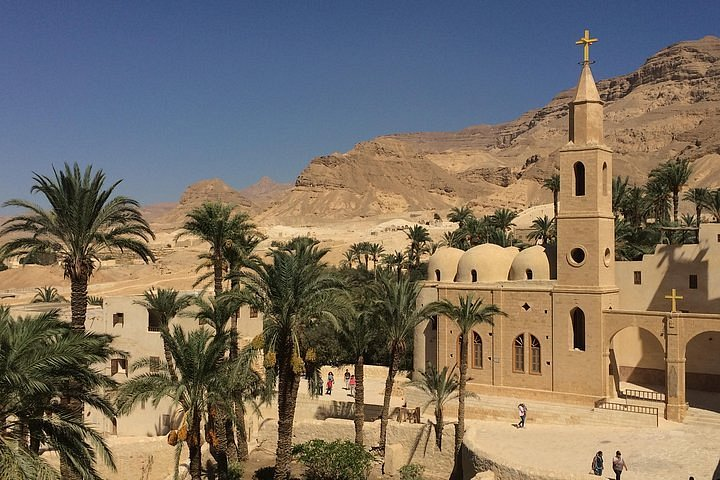
Located deep in the Eastern Desert, St. Anthony’s Monastery, the world’s oldest active Christian monastery, was founded in the 4th century. Nestled in Egypt’s Eastern Desert, it stands over St. Anthony’s cave. Enclosed by fortress-like walls, it houses chapels with Coptic frescoes, a lush garden, and a historic library. Its remote location attracts pilgrims and history enthusiasts seeking spiritual depth.
28. Noravank Monastery, Armenia
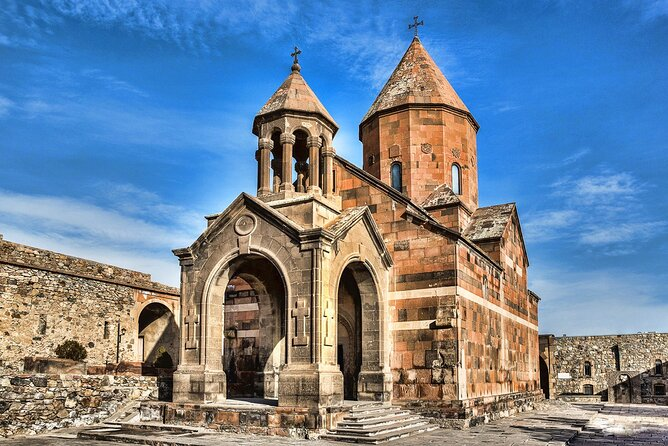
Noravank Monastery is a striking red-rock monastery surrounded by dramatic gorges and mountains.
Noravank Monastery, founded in the 13th century, is one of Armenia’s most visually stunning monastic sites. Nestled within a narrow canyon of crimson cliffs, its honey-colored stone structures blend seamlessly with the rugged landscape. The monastery is known for its intricate carvings, including one of the earliest depictions of God the Father.
29. Punakha Dzong, Bhutan
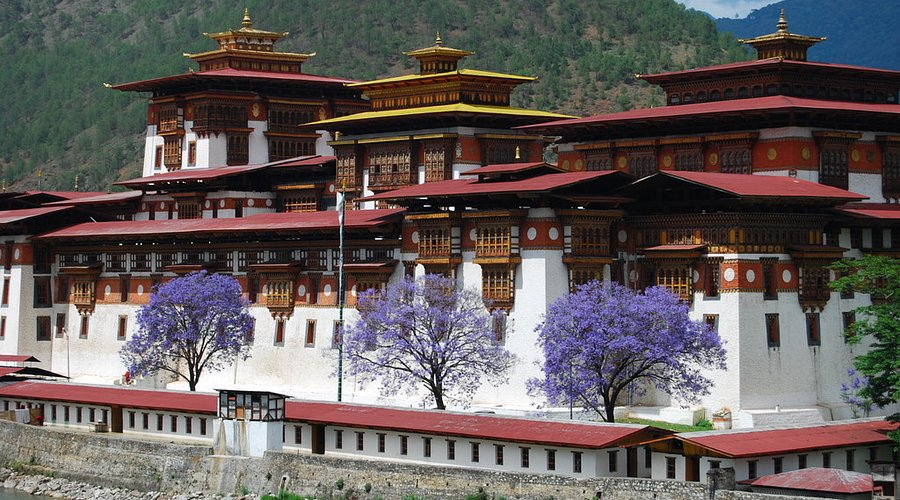
A majestic monastery-fortress where Bhutanese kings are crowned, Punakha Dzong, also known as the Palace of Great Happiness, is one of Bhutan’s most stunning and historically significant monasteries. Built in 1637, it served as the administrative and religious center of the country. The dzong’s striking whitewashed walls, golden roofs, and intricate wooden carvings create a picture-perfect scene along the banks of the Mo Chhu and Pho Chhu rivers.
30. Hemis Monastery, India
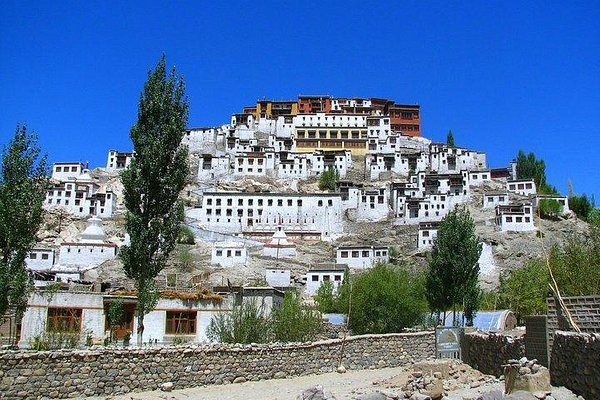
Hemis Monastery is famous for its colorful festival and hidden treasures. The monastery, established in 1672, is the largest and wealthiest Buddhist monastery in Ladakh. Nestled within a rugged valley surrounded by towering peaks, it belongs to the Drukpa lineage of Tibetan Buddhism. The monastery is best known for its annual Hemis Festival, featuring masked dances and vibrant rituals.
Some journeys take you to new places. Others change the way you see the world. The remote monasteries on this list aren’t just destinations—they are testaments to human resilience, faith, and the pursuit of something greater than ourselves. Hidden in mountains, deserts, and cliffsides, they’ve withstood time, weather, and the challenges of isolation.
For more travel tips and hacks, visit our website and explore our resources to enhance your next adventure.
